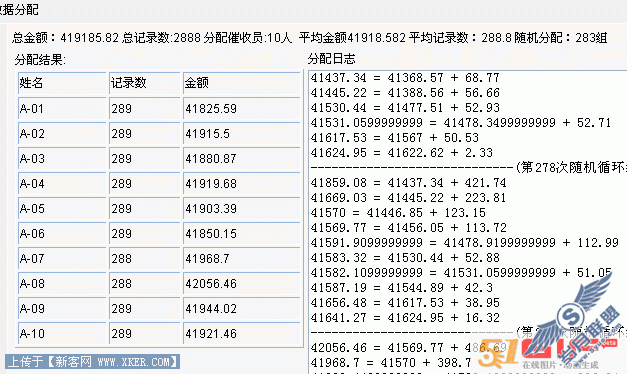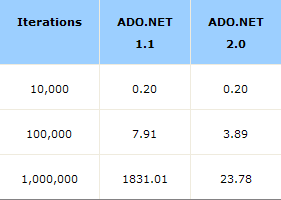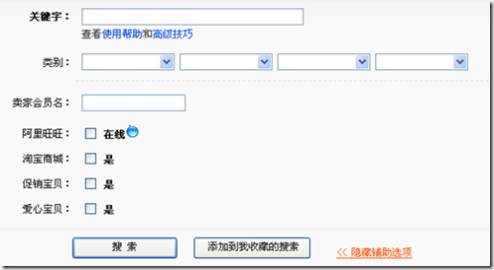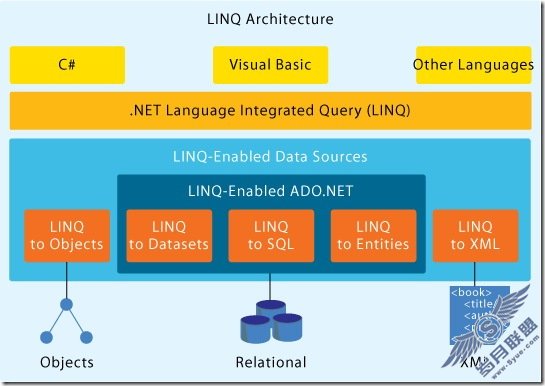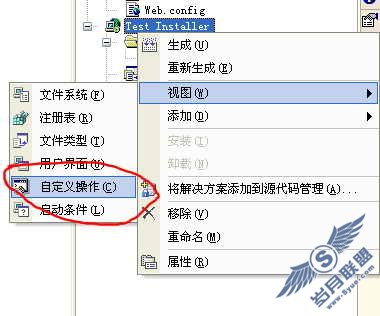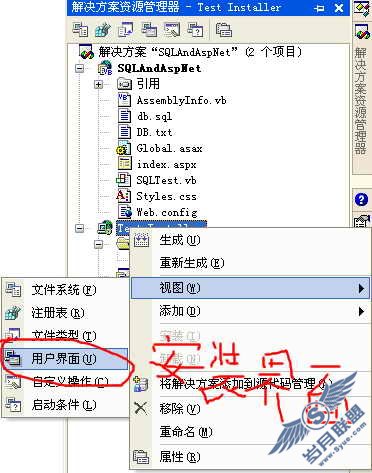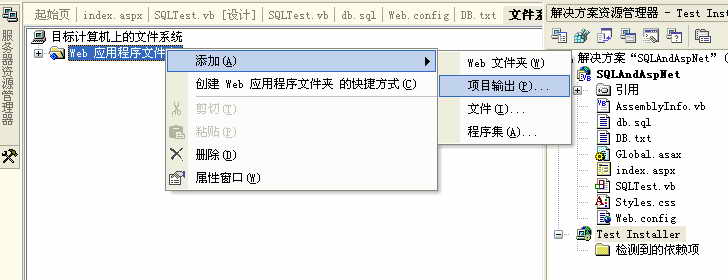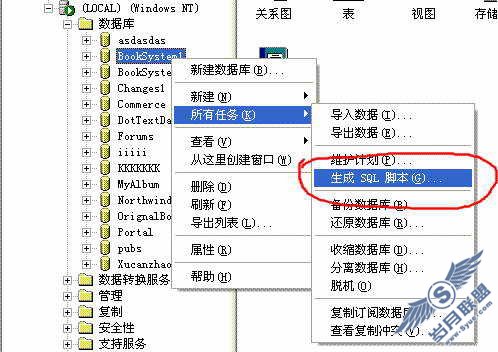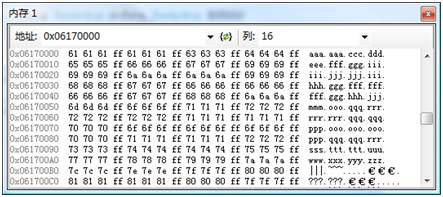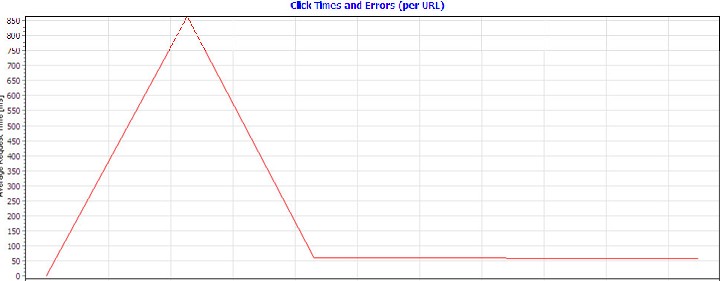Asp.net MVC源码分析--Model Validation(Server端)实现(2)
前面我们介绍了Model Validation的用法,以及ValidateModel的方法实现,这一篇我们来详细学习一下DataAnnotationsModelValidatorProvider类的实现。
三.DataAnnotationsModelValidatorProvider类详解
1.AttributeFactories对象
首先在这个类中可以看到在初始化时创建了AttributeFactories对象(Dictionary), 这个集合包含了系统内置一些验证规则。
1 internal static Dictionary<Type, DataAnnotationsModelValidationFactory> AttributeFactories = new Dictionary<Type, DataAnnotationsModelValidationFactory>() {
2 {
3 typeof(RangeAttribute),
4 (metadata, context, attribute) => new RangeAttributeAdapter(metadata, context, (RangeAttribute)attribute)
5 },
6 {
7 typeof(RegularExpressionAttribute),
8 (metadata, context, attribute) => new RegularExpressionAttributeAdapter(metadata, context, (RegularExpressionAttribute)attribute)
9 },
10 {
11 typeof(RequiredAttribute),
12 (metadata, context, attribute) => new RequiredAttributeAdapter(metadata, context, (RequiredAttribute)attribute)
13 },
14 {
15 typeof(StringLengthAttribute),
16 (metadata, context, attribute) => new StringLengthAttributeAdapter(metadata, context, (StringLengthAttribute)attribute)
17 },
18 }
19 }
复制代码
2.ValidationAttribte 的 Adapter 设计模式应用
这里特别需要注意的是MVC利用了*AttributeAdapter 把 ValidationAttribte 的GetValidationResult方法和 ModelValidator.Validate方法作了一个适配(这里用到Adapter模式)请看RangeAttributeAdapter/RegularExpressionAttributeAdapter/RequiredAttributeAdapter/StringLengthAttributeAdapter
请参照DataAnnotationsModelValidator.Validate 方法源码,第7行代码,就是在这里进行了适配的工作。
1 public override IEnumerable<ModelValidationResult> Validate(object container) {
2 // Per the WCF RIA Services team, instance can never be null (if you have
3 // no parent, you pass yourself for the "instance" parameter).
4 ValidationContext context = new ValidationContext(container ?? Metadata.Model, null, null);
5 context.DisplayName = Metadata.GetDisplayName();
6
7 ValidationResult result = Attribute.GetValidationResult(Metadata.Model, context);
8 if (result != ValidationResult.Success) {
9 yield return new ModelValidationResult {
10 Message = result.ErrorMessage
11 };
12 }
13 }
复制代码
3.获取ModelValidator对象集合
接下来我们来分析一下DataAnnotationsModelValidatorProvider.GetValidators 方法的实现
1 protected override IEnumerable<ModelValidator> GetValidators(ModelMetadata metadata, ControllerContext context, IEnumerable<Attribute> attributes) {
2 _adaptersLock.EnterReadLock();
3
4 try {
5 List<ModelValidator> results = new List<ModelValidator>();
6
7 // Add an implied [Required] attribute for any non-nullable value type,
8 // unless they've configured us not to do that.
9 if (AddImplicitRequiredAttributeForValueTypes &&
10 metadata.IsRequired &&
11 !attributes.Any(a => a is RequiredAttribute)) {
12 attributes = attributes.Concat(new[] { new RequiredAttribute() });
13 }
14
15 // Produce a validator for each validation attribute we find
16 foreach (ValidationAttribute attribute in attributes.OfType<ValidationAttribute>()) {
17 DataAnnotationsModelValidationFactory factory;
18 if (!AttributeFactories.TryGetValue(attribute.GetType(), out factory)) {
19 factory = DefaultAttributeFactory;
20 }
21 results.Add(factory(metadata, context, attribute));
22 }
23
24 // Produce a validator if the type supports IValidatableObject
25 if (typeof(IValidatableObject).IsAssignableFrom(metadata.ModelType)) {
26 DataAnnotationsValidatableObjectAdapterFactory factory;
27 if (!ValidatableFactories.TryGetValue(metadata.ModelType, out factory)) {
28 factory = DefaultValidatableFactory;
29 }
30 results.Add(factory(metadata, context));
31 }
32
33 return results;
34 }
35 finally {
36 _adaptersLock.ExitReadLock();
37 }
38 }
复制代码
我们看到从16-22行, MVC会从属性的Attributes中找到与AttributeFactories匹配的DataAnnotationsModelValidationFactory, 并调用返回ModelValidator对象,但如果没有从AttributeFactories找到匹配的对象,则使用DefaultAttributeFactory 委托创建一个ModelValidator对象。
DefaultAttributeFactory内部实现是创建一个DataAnnotationsModelValidator对象在构造时传入ValidationAttribute, 实际上这个类也是RangeAttributeAdapter等*AttributeAdapter类的基类,它们初始化的逻辑也是一样的。
1 internal static DataAnnotationsModelValidationFactory DefaultAttributeFactory =
2 (metadata, context, attribute) => new DataAnnotationsModelValidator(metadata, context, attribute);
复制代码
4.IValidatableObject接口
最后我们看一下DataAnnotationsModelValidatorProvider.GetValidators 方法第25-30行代码.
在这个方法中同样的我们发现MVC利用ValidatableObjectAdapter适配器连接ModelValidator.Validate方法 和 IValidatableObject.Validate接口.
BTW:利用IValidatableObject接口可以实现验证模型的各个属性之间的逻辑关系.
可以参考另一篇文章:http://www.cnblogs.com/bjs007/archive/2011/01/27/1946419.html
总结:
• Model Validatoin 可以通过在Modol属性上加入*ValidationAttribute 和 实现IValidatableObject 接口来进行验证
• 通过对DataAnnotationsModelValidatorProvider.GetValidators 方法的分析我们得出:
如果Model中的属性如果是复杂对象时,即使子对象中标记了*ValidationAttribute也是不会验证的。
例如下面的代码:LogOnModel.ChangePassword 对象中的属性虽然标记了[Required]但是还是不会验证的。
1 public class ChangePasswordModel
2 {
3 [Required]
4 [DataType(DataType.Password)]
5 [Display(Name = "Current password")]
6 public string OldPassword { get; set; }
7
8 [Required]
9 [ValidatePasswordLength]
10 [DataType(DataType.Password)]
11 [Display(Name = "New password")]
12 public string NewPassword { get; set; }
13
14 [DataType(DataType.Password)]
15 [Display(Name = "Confirm new password")]
16 [Compare("NewPassword", ErrorMessage = "The new password and confirmation password do not match.")]
17 public string ConfirmPassword { get; set; }
18 }
19
20 public class LogOnModel : IValidatableObject
21 {
22 [Required]
23 [Display(Name = "User name")]
24 public string UserName { get; set; }
25 [Required]
26 [Display(Name = "User age")]
27 public string Age { get; set; }
28 [Required]
29 [DataType(DataType.Password)]
30 [Display(Name = "Password")]
31 public string Password { get; set; }
32 [Display(Name = "Remember me?")]
33 public bool RememberMe { get; set; }
34 [Display(Name = "ChangePassword")]
35 //[Required]
36 public ChangePasswordModel ChangePassword { get; set; }
37
38 public IEnumerable<ValidationResult> Validate(ValidationContext validationContext)
39 {
40 return Enumerable.Empty<ValidationResult>();
41 }
42 }
复制代码
疑问
另外有一点迷惑的是如果,如果把LogOnModel.ChangePassword属性是标记上[Required],而不从前台传入这个对象的话,所有LogOnModel属性上的验证都会失败,这一点不知道是不是Asp.net MVC 的bug,如果有人遇到请告诉我。
摘自 十一月的雨
